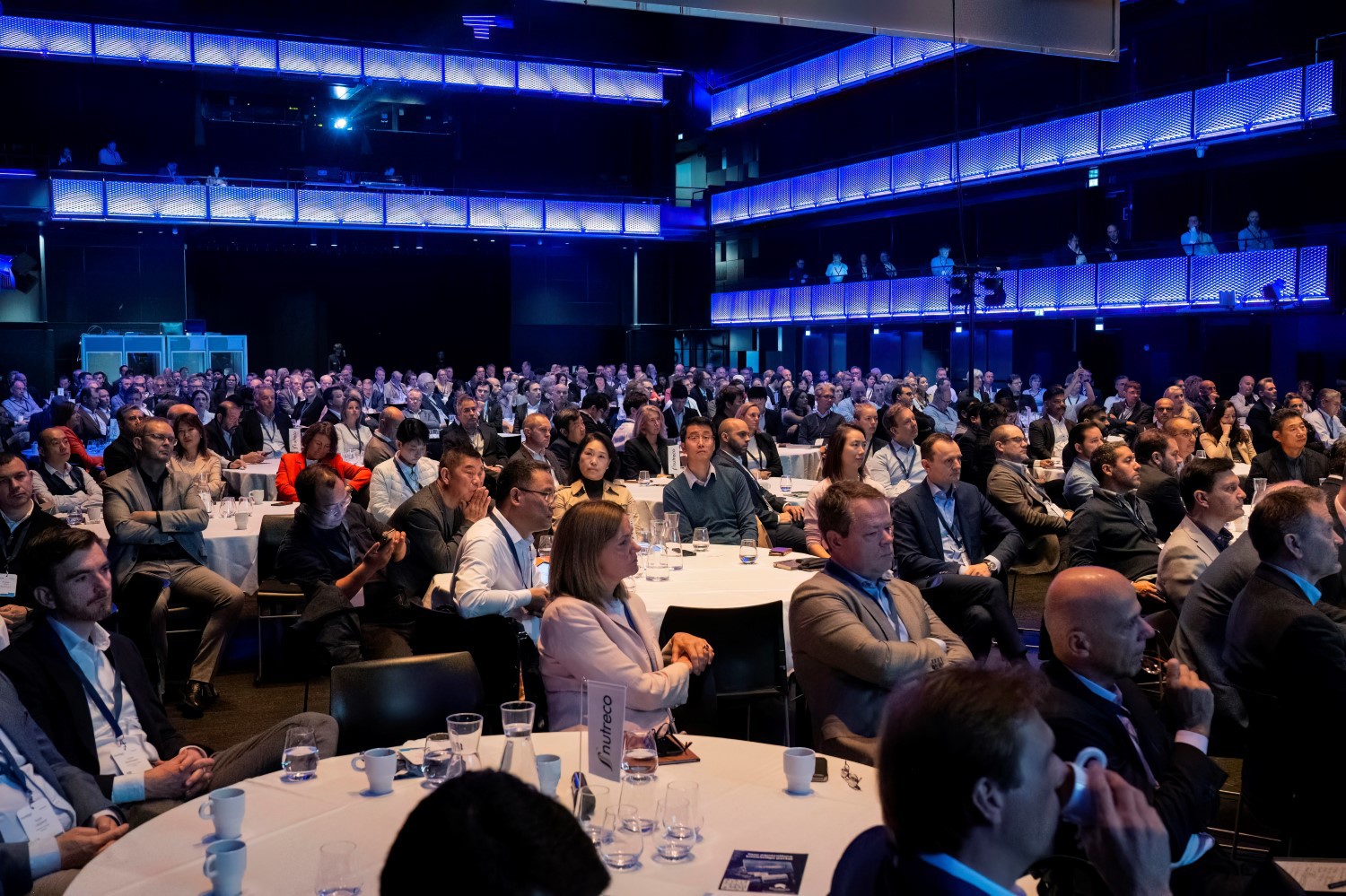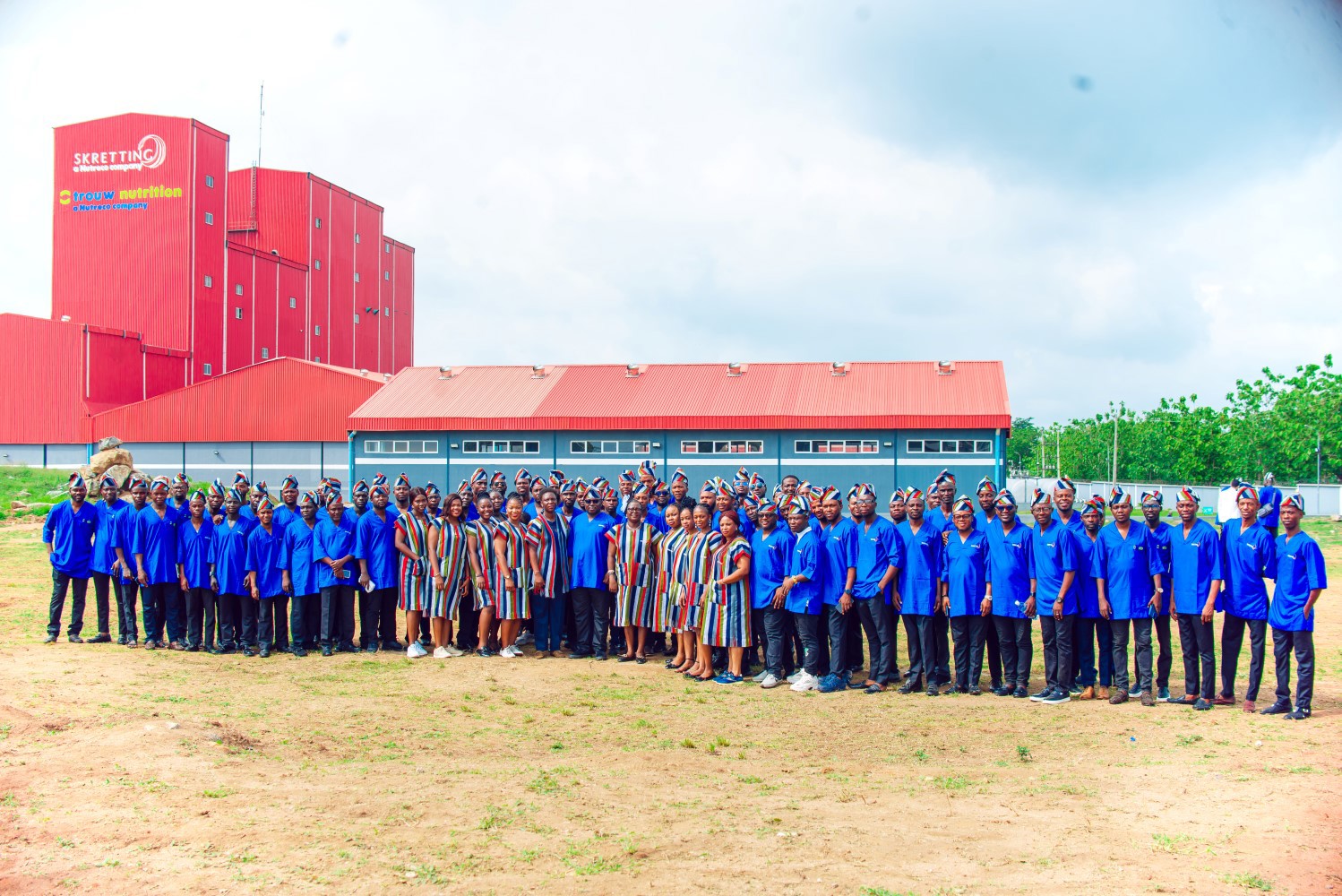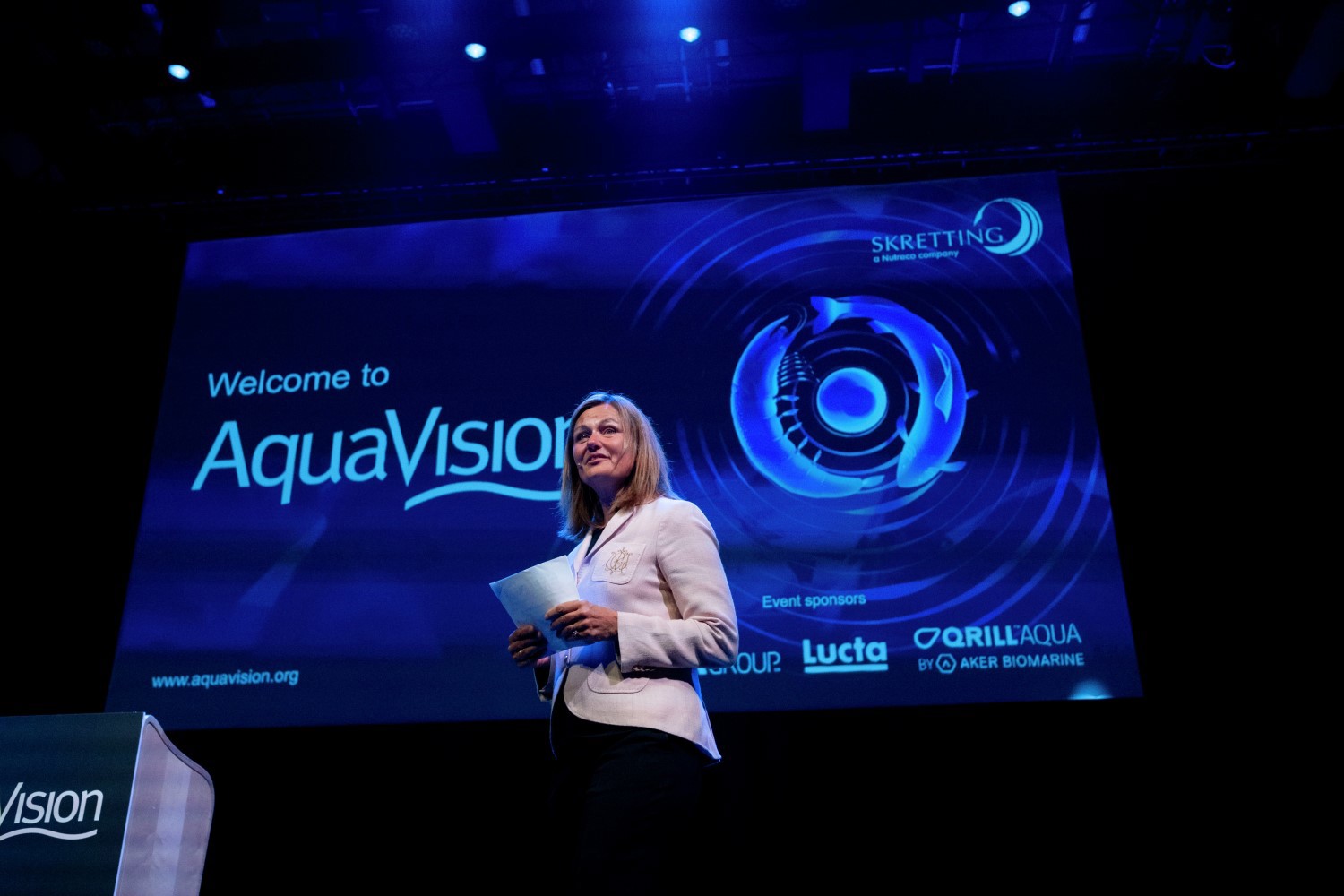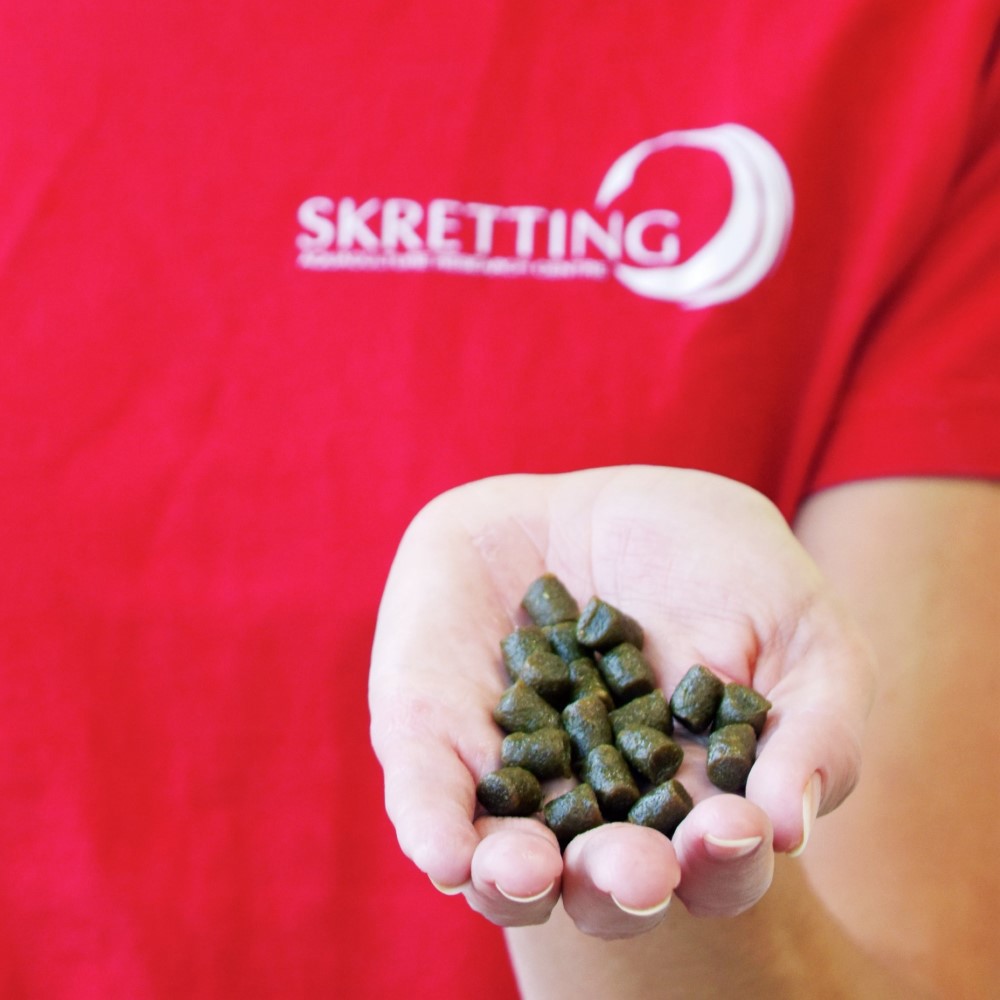As is the case across the global food system, aquaculture faces the triple headline challenge of huge population growth, climate change and social impacts. In short, it needs to produce vast quantities of additional food that is both climate-friendly and which makes more positive contributions to society wellbeing.
Aquaculture has its challenges. But we have solutions
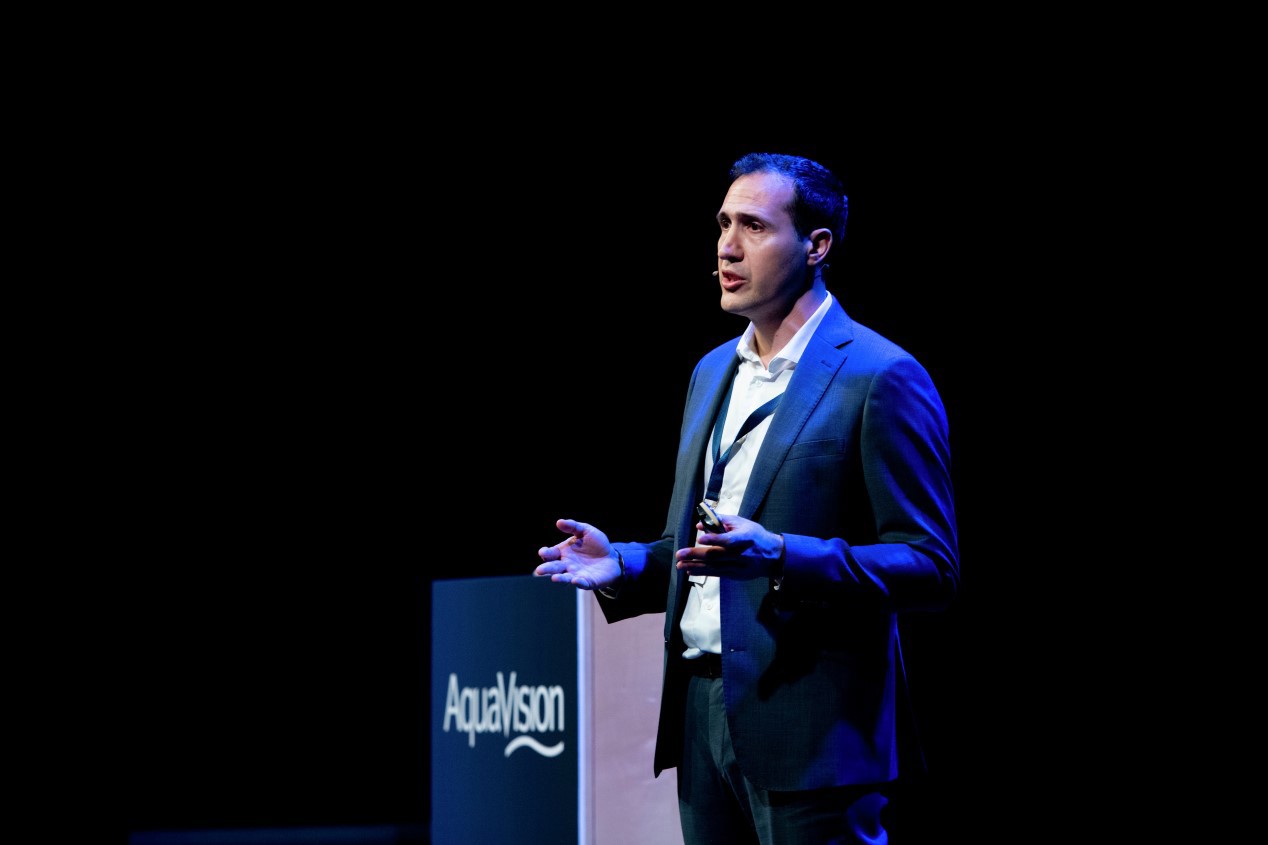
Today, aquatic species production is being conducted through a variety of different farming methods throughout the world, with closed aquaculture systems sector – or CAS – the latest to come to the fore. But in order to meet the industry’s production growth trajectory, identified by the FAO at over 30% more by 2030, all production technologies everywhere will be required to operate to the best of their abilities, Jorge Díaz, Global Sustainability Manager at Skretting, told AquaVision 2022.
Within this landscape comes another significant obstacle: to feed all of the additional fish and shrimp that will be farmed in the future will require an extra 40 million tonnes of ingredients. But where’s it all going to come from?
Díaz acknowledged that this will be no mean feat, with traditional marine ingredients like fishmeal and fish oil being finite resources, while certain sources of soy are controversial to say the least. He also explained that this is part of the reason that Skretting has put robust sourcing policies in place, and also is working with stakeholders to address industry shortcomings.
“The increased demand for ingredients is already stretching the limits, so we need to find new alternatives to grow and to develop within planetary boundaries, while also having a stronger focus on the environmental and social impact of our operations,” he said.
In this regard, Skretting and parent company Nutreco have long maintained that alternative ingredients or novel ingredients are a key part of aquaculture’s future. Indeed, the new Sustainability RoadMap targets a 5-10% inclusion of these ingredients in feed formulations by 2025.
“That means that we need about 400,000 tonnes of them on a Nutreco level. But in today’s global market there’s about half of that amount available.”
We know that we haven’t done enough and that we must do more – better and faster, and that the only way to do that is through more transparency and more collaboration.
Since 2017, to achieve the company’s inclusion target, it has tested and identified close to 200 unique ingredient combinations that fall under the sub-categories EPA/DHA alternatives, insect ingredients and single cell proteins (SCPs). It has also made binding agreements with suppliers, and through NuFrontiers (Nutreco’s investment arm) it’s investing in some start-ups that can bring new alternatives to the market.
Moving forward, the hope is that through greater collaboration across the value chain, these ingredients can be produced much more cost-effectively, on a commercial scale and with lower carbon footprints than the alternatives they are replacing or complementing.
Expanding on the climate change theme, Díaz told AquaVision that Skretting’s role as a feed company gives it a “tremendous opportunity” to support farmers with the reduction of their own emissions. It has therefore adopted Science Based Targets (SBTs), which provide companies with a clearly-defined path to reducing emissions in line with the Paris Agreement goals.
“It also helps us to take meaningful decisions when it comes to calculating and reducing our greenhouse gas emissions.,” he said, confirming that Skretting is committed to reducing its Scope 1 & 2 emissions by 30%, and its Scope 3 emissions by 39%.
Representing 94% of Skretting’s total greenhouse gas emissions, Scope 3 emissions are from activities that the company is indirectly responsible for – mainly the production of raw materials used in its feeds.
Confirming that vegetable ingredients is its “main hotspot” and where it needs to put the most focus to reduce impacts, Díaz outlined the three-tiered plan that’s in place: First, engage with suppliers, and where possible have them also adopt SBTs; Second, switch to ingredients with lower carbon footprints; and last but not least, minimise land use change.
Wrapping up, he stressed that sustainability is not a straightforward journey, and that the agenda could change dramatically over the coming decades. Nevertheless, the company remains committed to addressing its current challenges and dilemmas and will also continue to identify opportunities that it can embrace and where there’s room for improvement.
“We know that we haven’t done enough and that we must do more – better and faster, and that the only way to do that is through more transparency and more collaboration. Please challenge us; help us to improve and join us in our vision of an even more sustainable aquaculture industry.”
